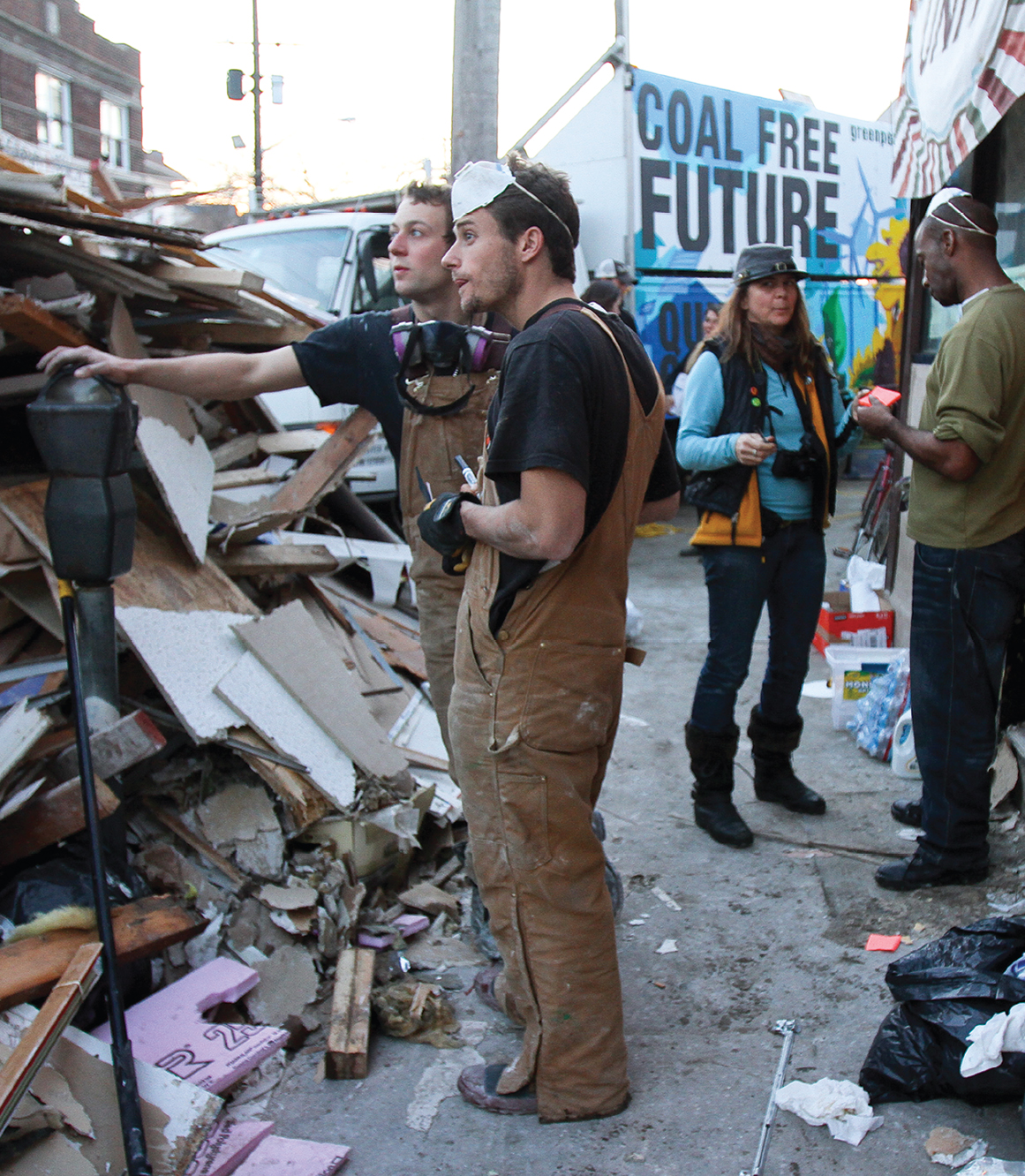Communication: Essential Human Behavior

LearningCurve can help you master the material in this chapter. Go to the LearningCurve for this chapter.
IN THIS CHAPTER
- We Must Communicate: The Functional Perspective
- How We Communicate
- Communicating Competently
- Modeling Communication
- The Study of Communication
The water had receded within hours, but the isolation was just beginning. When Hurricane Sandy sent a fourteen-
But elsewhere, social networks were buzzing. Surfers from the mainland converged on the Facebook page of the local surf club, figured out what was needed, and began gathering supplies and arranging car pools to get volunteers to the scene (Tockett, 2012). The very networks that organized protests of the financial sector the year before became vital information hubs as well: occupy Wall Street had become Occupy Sandy (Feuer, 2012). Churches, civic groups, schools, and everyday citizens showed up en masse to help their fellow New Yorkers. And when the city finally did cancel the marathon, runners who had trained all year for the event joined the volunteer efforts (Macur & Eder, 2012).
chapter outcomes
After you have finished reading this chapter, you will be able to
- Define the communication process
- Describe the functions of communication
- Assess the quality or value of communication by examining its six characteristics
- Define what communication scholars consider to be competent communication
- Describe the visual representations, or models, of communication
- Describe why communication is vital to everyone
With cold weather bearing down, weary neighbors found themselves gathering—
Communication is the process by which we use symbols, signs, and behaviors to exchange information. That process is so crucial that communication is described as “the process through which the social fabric of relationships, groups, organizations, societies, and world order—
Communication challenges exist in every profession and every personal relationship. For example, communication professor (and reserve police officer) Howard Giles claims that 97 percent of law enforcement practices involve communication skills (Giles et al., 2006). But police academies usually spend little time teaching those skills. Most citizens lack these crucial skills as well. One professor who teaches college-
Effective communicators understand how their communication choices affect others and why others’ communication choices affect them as they do. So in this chapter, we introduce you to this exciting discipline by looking at why we communicate, how we communicate, and what it means to communicate well. Then we examine ways of visualizing the communication process and consider the history of this rich field.